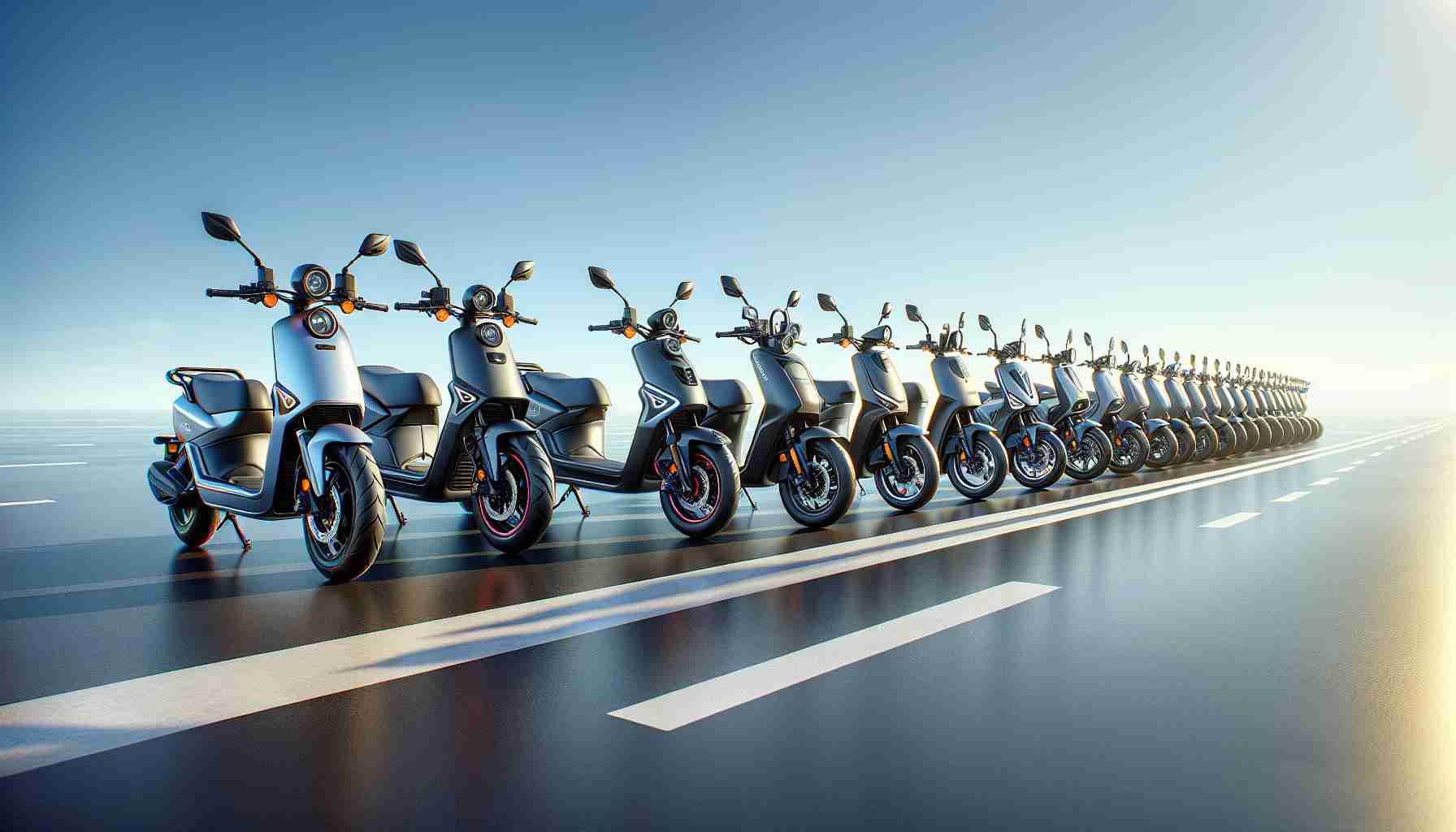Electric scooters have become a popular choice for urban commuters in India, thanks to their affordability and eco-friendly nature. As more Indians embrace the shift to electric mobility, established names like TVS and Bajaj, along with new players like Ather Energy, Simple Energy, and Vida, are expanding the options available to consumers. Here we explore some of the best electric scooters available under Rs 1.5 lakh.
Simple Energy Dot One comes in two variants priced at Rs 1.45 lakh and Rs 1.50 lakh. It is powered by an 8.5 kW motor, delivering 11 hp and 72 Nm of torque, promising a range of 151 km with a 3.7 kWh battery. Fully charging takes approximately 4.5 hours.
Ather Rizta starts at Rs 1.09 lakh and offers two battery options. The smaller 2.9 kWh battery provides a range of 123 km, while the larger 3.7 kWh unit extends it to 159 km. Charging times vary from 4.5 to 5.75 hours, supported by a 4.3 kW motor.
TVS iQube, with prices beginning at Rs 89,999, offers multiple battery options, ranging from 75 to 150 km per charge. Charging durations range from 2.75 to 4.5 hours, depending on the battery pack.
Vida V1 ranges from Rs 1.02 lakh to Rs 1.30 lakh, offering swappable batteries with ranges of 143 to 165 km and charges rapidly via fast charging.
Bajaj Chetak is priced between Rs 95,998 and Rs 1.28 lakh, offering two battery options with ranges of 123 to 136 km and a charging time of 3.58 hours.
Explore these options to find an electric scooter that suits your city commuting needs.
Why Electric Scooters Are Revolutionizing Urban Travel in Unexpected Ways
Electric scooters have taken urban environments by storm, offering a convenient, eco-friendly option for daily commutes. However, there are several intriguing aspects to this trend that often go unnoticed. Beyond the popular models and competitive prices, this article delves into how electric scooters are subtly altering urban landscapes, molding environmental policies, and influencing cultural shifts worldwide. Here, we explore these changes, highlighting the pros and cons that this trend brings to individual lives, communities, and nations.
A New Chapter in Environmental Awareness
The shift towards electric scooters is not just a technological progression but a significant leap in environmental consciousness. Cities around the world are grappling with severe pollution risks, and electric scooters are becoming a key player in combatting these challenges. By reducing the number of gasoline vehicles on the streets, urban centers have reported improvements in air quality and a decrease in emissions, fostering a healthier lifestyle for their inhabitants.
Impact on Infrastructure
As electric scooters populate city streets, cities are left with the question: how do we think about infrastructure? Adjustments in urban planning have begun, with cities like Paris and Amsterdam leading the charge by modifying bike lanes to accommodate electric scooters. This shift not only improves traffic flows but also alters public transportation priorities, potentially reducing the pressure on traditional mass transit systems.
Cultural Shifts and Youth Engagement
Electric scooters appeal significantly to younger demographics, contributing to a cultural shift where sustainability is a lifestyle. As a result, more young people are becoming involved in climate activism and policy dialogs, pushing for greener urban initiatives. This engagement could drive political changes in favor of stricter environmental regulations and promote innovation in sustainable technologies.
Economic Implications: Beyond the Commute
On the economic front, electric scooters represent a growing industry with extensive potential. Manufacturing and related industries can expect a rise in job creation. However, the cheaper operational costs challenge the traditional automotive and oil industries, leading to potential economic shifts. This disruption could prompt both industries to innovate or reform to accommodate sustainable trends.
Advantages and Challenges
The advantages of electric scooters are evident: reduced pollution, lower operating costs, and ease of use in congested areas. However, challenges remain. Battery life and disposal raise environmental concerns. Moreover, the durability of scooters and safety on roads that are still car-centric requires attention and better regulatory frameworks.
Future Perspectives: Could Electric Scooters Expand or Limit Freedom?
As electric scooters gain traction, one might ponder, “Could they eventually replace cars?” While they provide a flexible commute solution in urban settings, limitations such as speed, range, and passenger capacity make it unlikely that they will oust cars entirely. Nevertheless, they hold the potential to transform daily commuting behaviors, offering an accessible alternative for millions.
Conclusion
With electric scooters steadily integrating into the urban mobility framework, their impact is multifaceted, affecting everything from environmental policies to the economics of transportation. As we look to the future, these two-wheeled vehicles represent both a challenge and an opportunity. How we embrace and regulate this technology may very well define the landscape of modern urban life.
For more details about electric scooters and their global impact, you can visit The Guardian or Reuters for in-depth articles and ongoing updates.







